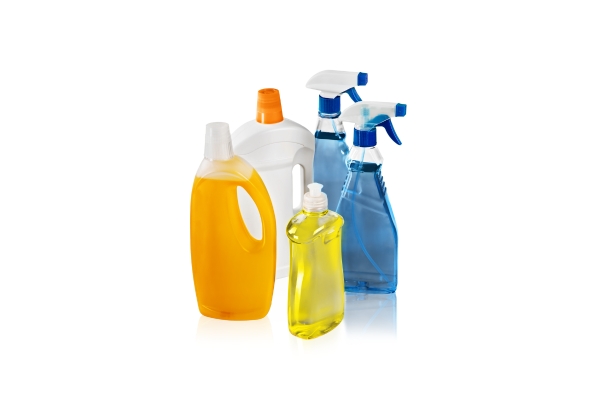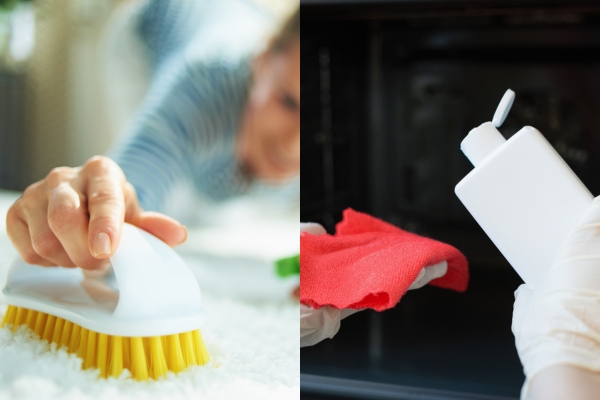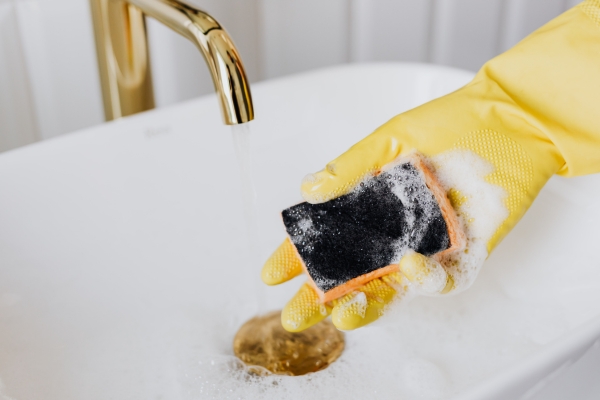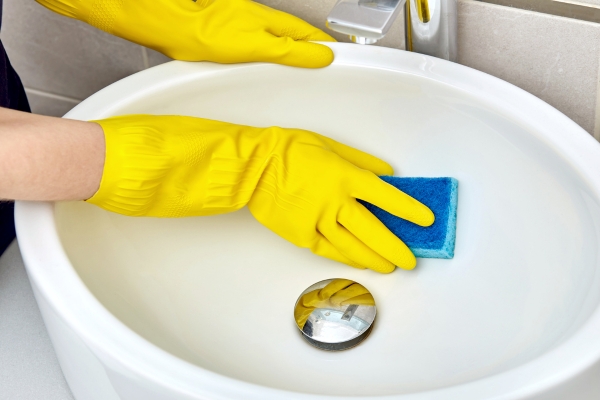Clean a copper sink is essential to maintain its timeless beauty and functionality. Over time, copper sinks can develop a natural patina that adds character, but proper cleaning ensures they remain both aesthetically pleasing and hygienic. Knowing how to clean It involves using gentle yet effective methods to remove tarnish, stains, and bacteria without damaging the metal. By following these techniques, you can preserve the luster of It while keeping it clean and sanitized for everyday use. This guide will walk you through the steps needed to care for It, ensuring it continues to enhance your kitchen or bathroom for years to come.
How Often Should I Clean My Copper Sinks?
Clean your copper sink is crucial to maintain its beauty and functionality over time. But how often should you clean it? Ideally, you should clean your It at least once a week to prevent dirt, soap scum, and mineral deposits from building up. This regular cleaning routine not only keeps your sink looking pristine but also helps in maintaining its hygiene.
Can I Use Bleach Or Other Harsh Chemicals To Clean My Copper Sinks?
When it comes to clean a copper sink, it’s important to avoid using bleach or other harsh chemicals. These substances can strip away the sink’s protective patina and accelerate tarnishing. Instead, opt for milder cleaning agents like dish soap mixed with warm water. For tougher stains or to restore shine, a paste made of baking soda and lemon juice or vinegar can be gently applied and rinsed off with water.
Importance Of Regular Cleaning
The importance of regular cleaning extends beyond just aesthetics. By keeping your copper sink clean, you prevent the accumulation of bacteria and germs, ensuring a healthier environment in your kitchen or bathroom. Regular maintenance also helps in preserving the copper’s natural patina, enhancing its longevity and durability.
Benefits Of Cleaning Your Copper Sink Regularly
There are numerous benefits to clean your copper sinks on a regular basis. Firstly, it helps in maintaining its original shine and luster, preventing the need for more aggressive cleaning methods later on. Secondly, regular cleaning removes contaminants that could potentially cause corrosion or damage to the copper surface. Ultimately, by investing time in caring for your copper sinks, you’re not only enhancing its appearance but also ensuring it remains a functional and attractive feature in your home for years to come.
Materials Needed:
- Mild Dish Soap
- Soft Sponge Or Cloth
- Lemon
- Salt
- Baking Soda
- Soft-Bristled Brush (Optional)
- Soft Towels Or Cloths
Step-By-Step Instructions
1. Preparing The Sink

Before you begin cleaning, clear the sink of any dishes or debris. Rinse the sink thoroughly with warm water to remove loose dirt and particles. Use a soft sponge or cloth to wipe down the entire surface of the sink.
2. Choosing The Right Cleaning Agent

Selecting the appropriate cleaning agent is crucial for maintaining It. For routine cleaning, mild dish soap mixed with warm water is effective and gentle on the metal. This combination helps to remove grease, grime, and light stains without damaging the copper’s patina.
3. Natural Cleaners Vs. Commercial Cleaners

When deciding between natural cleaners and commercial cleaners, consider the benefits of each. Natural cleaners such as vinegar or lemon juice diluted in water are gentle yet effective at removing stains and restoring shine to your It. They are also less likely to harm the patina or accelerate tarnishing. On the other hand, commercial cleaners formulated specifically for copper sinks can also be used, but it’s essential to read the labels carefully to ensure they are safe for copper and won’t cause damage over time.
4. Cleaning The Sink Surface

Once you’ve prepared the sink and chosen the cleaning agent, proceed to clean the entire sink surface. Dip a soft sponge or cloth into the soapy water or natural cleaner solution. Gently scrub It in circular motions, paying attention to any areas with visible stains or spots. Avoid using abrasive materials like steel wool or rough sponges that can scratch the copper surface.
5. Addressing Stubborn Stains

For stubborn stains or areas with heavy tarnish, you may need to apply a more concentrated cleaning method. Create a paste using baking soda and lemon juice or vinegar. Apply this paste directly to the stained areas and let it sit for a few minutes to loosen the dirt. Then, gently scrub the area with a soft brush or sponge. Rinse thoroughly with warm water to remove the paste and any residue.
6. Rinsing And Drying

After cleaning, rinse the entire sink thoroughly with clean water to remove all traces of soap or cleaning agents. Use a soft cloth to dry the sink completely, ensuring there are no water spots left behind. Drying It prevents water stains and helps maintain its natural shine.
Conclusion
Caring for your copper sink doesn’t have to be complicated, but it does require regular maintenance to preserve its beauty and functionality. By following these step-by-step instructions—from preparing the sink and choosing the right cleaning agent to addressing stubborn stains and thoroughly rinsing and drying—you can ensure It remains a stunning centerpiece in your kitchen or bathroom. Regular cleaning not only enhances its appearance but also prolongs its lifespan, making it a worthwhile investment for your home. With proper care, It will continue to shine and serve you well for many years to come.
